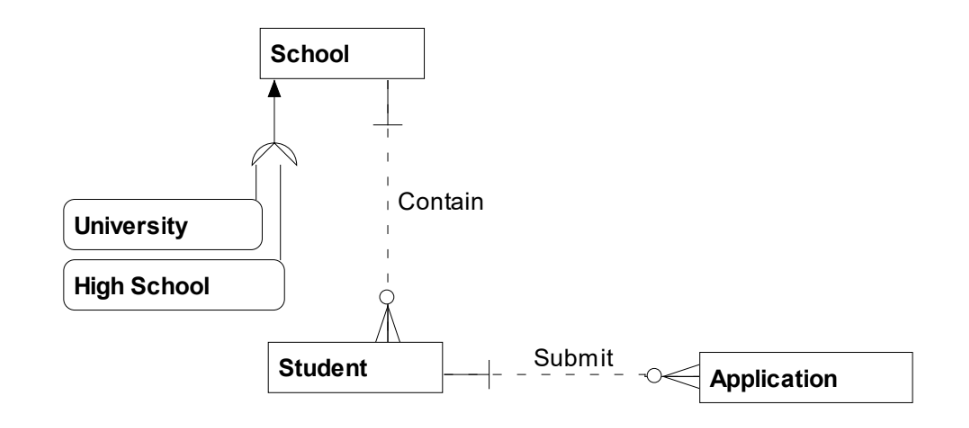
Abstraction is the removal of details in such a way as to broaden applicability to a wide class of situations while preserving the important properties and essential nature from concepts or subjects. An example of abstraction is the Party/Role structure, which can be used to capture how people and organizations play certain roles (e.g., employee and customer). Not all modelers or developers are comfortable with, or have the ability to work with abstraction. The modeler needs to weigh the cost of developing and maintaining an abstract structure versus the amount of rework required if the unabstracted structure needs to be modified in the future (Giles 2011).
Abstraction includes generalization and specialization. Generalization groups the common attributes and relationships of entities into supertype entities, while specialization separates distinguishing attributes within an entity into subtype entities. This specialization is usually based on attribute values within an entity instance.
Subtypes can also be created using roles or classification to separate instances of an entity into groups by function. An example is Party, which can have subtypes of Individual and Organization.
The subtyping relationship implies that all of the properties from the supertype are inherited by the subtype. In the relational example shown in this figure, University and High School are subtypes of School.
Subtyping reduces redundancy on a data model. It also makes it easier to communicate similarities across what otherwise would appear to be distinct and separate entities.
